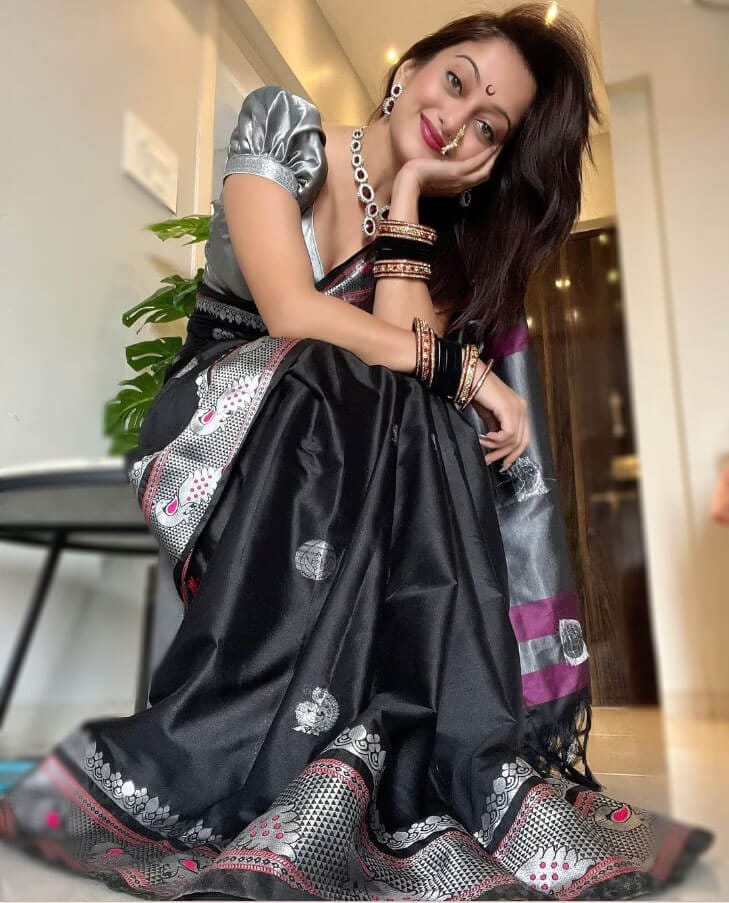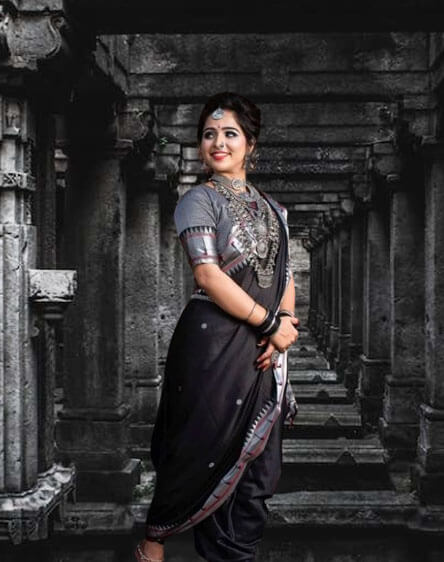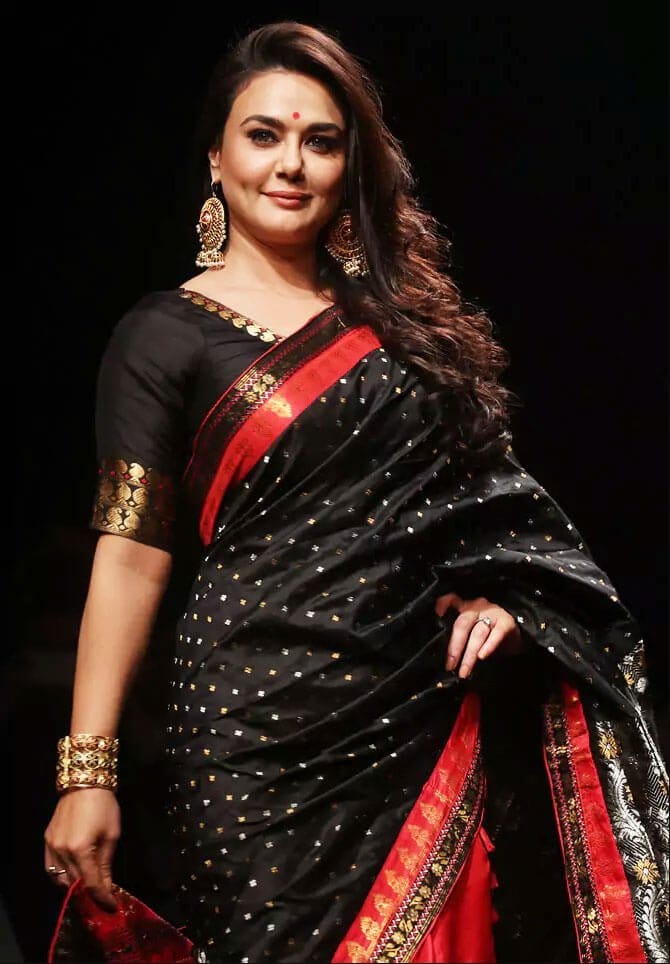Makar Sankranti is a festival of love promotion. The festival is called Makarasankrant or Makara Sanakraman as the Sun enters Capricorn on the 14th or 15th in the month of January of the new year. Sun’s transit occurs on 10th January as per Tilak Panchang and on 14th or 15th January as per Sridate Panchang. On this day the Dakshinayana ends and the Punya Parva period of Uttarayana begins.
Bhogi, Sankrant and Kinkrant (Karidin) are three different days so Sankrant is celebrated on these three days. As Sankranti is a form of goddess, the Puranic legend says that this year is celebrated when Sankranti kills Shankarasur and Krikranti kills Kinkarasur the next day. Devi does not look happy and auspicious like her usual form, but has long lips, long nose, one mouth and nine arms. Every year her vehicle, clothes, weapons, status, ornaments are different. Sankranti suggests the future through our ornaments and clothes.
There is a common sentiment that wherever the solstice comes, prosperity and wherever it goes, there is trouble. Pitras should be worshiped on Sankranti as it is a proper Shraddha day. Also on that day sesame and udka should be donated.
Since Sankranti is a winter season, some nutritious foods should be eaten below.
- Greasy : Sesame, Ghee, Butter
- Nutritional: Ghee, wet coconut, kharik
- Vegetables: Vegetables should be eaten by combining several vegetables with coriander, pavta, brinjal, carrot, ghewda.
- Hot: jaggery and millet bread
On this festival, apply sesame paste on the skin at the time of bathing and bathe with sesame seeds in the water. Hot and iron-rich jaggery is eaten with sesame seeds and on millet bread with sesame seeds. Idli and coconut milk are made on this day in Konkan. Jaggery poli and ghee are eaten in the country and in the north this festival is called Khichdi Sankrant because in the north people eat mugdal and rice in khichdi.
Some important things that happen during about Makar Sankranti
Sankranti means transition, and transition means to pass through. About Makar Sankranti, on this day, the Sun enters Capricorn. Makar transit in the month of Paush marks the beginning of Uttarayana (i.e. the sun gradually moves towards the north). In Uttarayana, the day gradually gets longer. While transiting Cancer in Ashadha initiates Dakshinayana (i.e. the Sun moves slowly towards the South). In Dakshinayana, the day gradually shortens. Bhasmana of this sequence of the Sun is also known as krantivritta.
The practice of worshiping the shrine on the Sankranti day
On the day of Sankranti, it is customary to worship Sugad in Maharashtra. Five khanas (small earthen pots) are brought in this sugda, five fingers of turmeric – kunkwa are applied to these khanas. A white string is then sewn (wrapped) around the neck of this mink. Gram, wheat ombi, bibya flowers, sugarcane pieces, groundnut pods, carrots, sesame seeds, sorghum corn etc. are placed inside the khana and it is worshiped by lighting lamp, incense and incense sticks. After that, all the Suvasini gather and cover this Sugada in a padra and give this Sugada to each other by applying turmeric and kunku to each other. After Sankranti till Rathasaptami the program of Haldi-Kunkwa starts among women.
Names of Makar Sankranti from different regions
- It is called Makar Sankranti in Maharashtra, Goa and Karnataka.
- In South India this festival is called Pongal.
- In North India, khichdi is made of mung dal and rice, so this festival is also called Khichdi Sankrant in North India.
- Sankranti is called Tilva Sankranti in the Bengal regions of India.
- Sankranti is celebrated in Uttarakhand as Ghughuti.
- In Assam it is called Magh Bihu and in Rajasthan it is called Sakrat.
- It is called Maghi in Punjab, Maghi Sangrand in Jammu, Sakrat in Haryana.
- Sankranti is called Dahi Chura in Bihar.
Why use or wear a black saree for Makar Sankranti?
Wearing black sarees during Makar Sankranti is a tradition in some parts of India, especially in states like Maharashtra and Karnataka. The choice of black is often associated with the winter season and the end of the harvest period. Black color is considered auspicious during this festival as it symbolizes the end of darkness and the beginning of a bigger day with more sunlight.
It is important to note that customs and traditions may vary among different regions and communities in India, so the importance of wearing a black saree during Makar Sankranti may not be universally applicable to all festival celebrations.



Also Read :-





Leave a comment